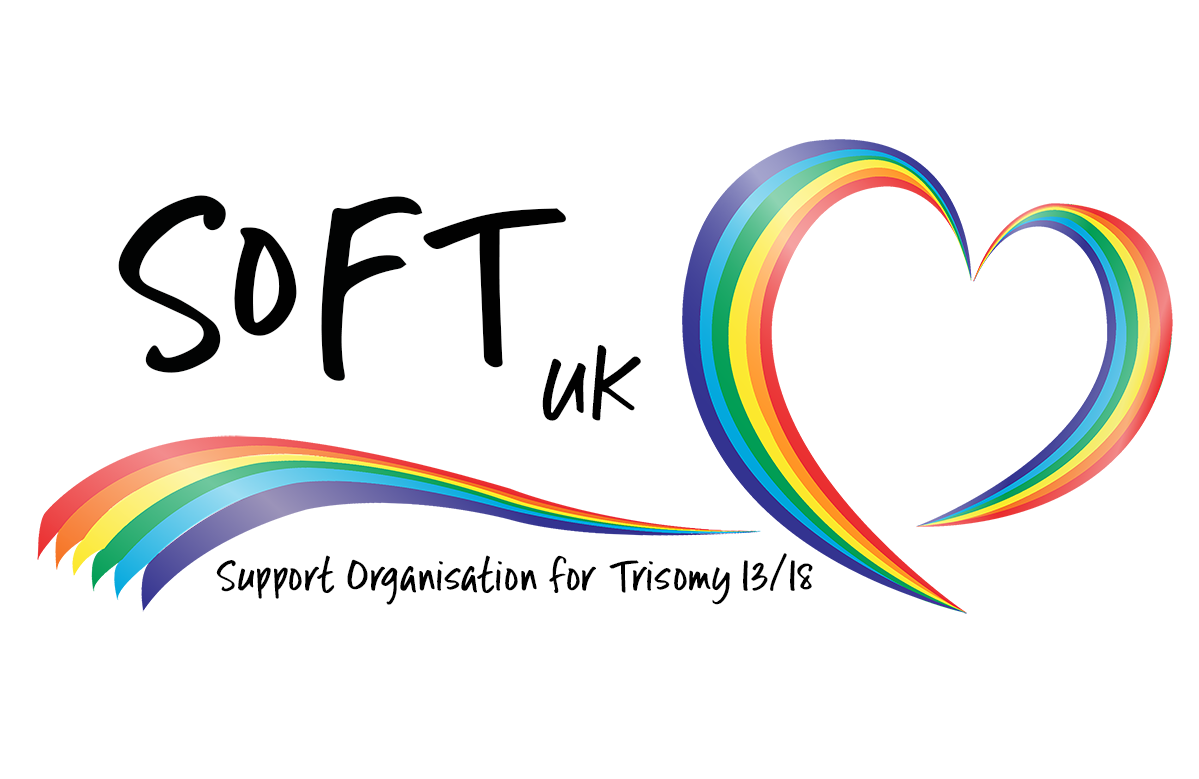Unforeseen Loss
Diagnosis
At a cognitive level, most people recognize that unexpected events can occur in life. However, most of us assume that, by and large, our lives are safe and secure. In psychological terms this is known as our ‘assumptive world’ (Kauffman, 2010). When a diagnosis of trisomy is given, parents’ assumptive world is shattered. This shattering has been compared to the emotional experience of grief (Woodroffe, 2010). Cousino and Hazen (2013) write that grief is often traumatic and may include hyper arousal, anxiety and intrusive memories about the way in which parents may have been told the diagnosis of their expected child’s abnormality. Of course, parents will respond differently both as a couple and individually (Rothschild, 2000), but it is likely that the time after your child’s diagnosis will be fraught with anxiety about life-or-death decisions that need to be made. According to Perszyk (2011) parental guilt or self-blame is a common reaction.
“I was also scared about the potential abnormalities our girl had, how badly was her face deformed? This was only scary to me not because of how she would have looked, but because in my mind I had been blaming my body on failing her, letting her down. It’s clearly all my fault. I know this not to be true, I know this was nothing I or my husband could have prevented, but in your emotion you still tell yourself these things.” (SOFT UK Parent)
It is suggested grief support should start at the time of diagnosis and (where relevant) continue throughout the duration of the pregnancy, delivery and the life and the death of your child and for as long as you need afterwards (Perszyk, 2011).
Decision Making
According to Lucie Packard Children’s hospital there is no robust evidence that you could have done anything to cause or to prevent your baby having trisomy 13 or 18. Decisions surrounding the care of babies with trisomy are difficult and unique to each parent involved. Furthermore, if parents decide to continue with a pregnancy after a diagnosis of trisomy 13 or 18, health professionals may not be knowledgeable about perinatal palliative care (Boxall and Turner, 2003).
“During the scan the sonographer left the room and came back with the doctor, and the scan took what felt like forever, they then asked me into another room to discuss the findings of the scan. When they told me there was a severe abnormality and that my child was unlikely to survive, my world just fell apart in that very room. I had never heard of Trisomy.” (SOFT UK parent)
Ethical considerations around babies diagnosed with fetal abnormality and decisions made in relation to the outcome of the pregnancy are complex (Malhotra et al, 2010). Parents who are in shock after diagnosis may find it very hard to assimilate information they are given and are likely to experience immense anguish (Manahem and Grimwade, 2004).
“When Cara was 8 days old, Ben and I were called into a side room to be told of the genetic tests. She had a duplication of part of the long arm of Chromosome 18, also known as Trisomy 18 and we were told she only had a 10 percent chance of living until her first birthday. We started to cry, we had only just got her and now we had to get used to the idea she might not live very long. Cara lived until she was nearly 11 years old.” (SOFT UK parent)
It is vitally important that the information you receive about your child’s diagnosis is accurate and given in a way that you understand, so that you are able to make informed decisions. This includes a clear explanation of what may still be uncertain, unclear or likely to change as the pregnancy progresses. It is also important that you are told about the possibility of any interventions and possible risks of these interventions prenatally and postnatally (Shinebourne, 1998). Making a decision means that parents have to come to terms with the abnormality and grieve the loss of a ‘normal’ baby, as well as grapple with questions about termination, complex disability, their capacity to care for their child and their ideas about parenthood and family life (Malhotra et al, 2010).
